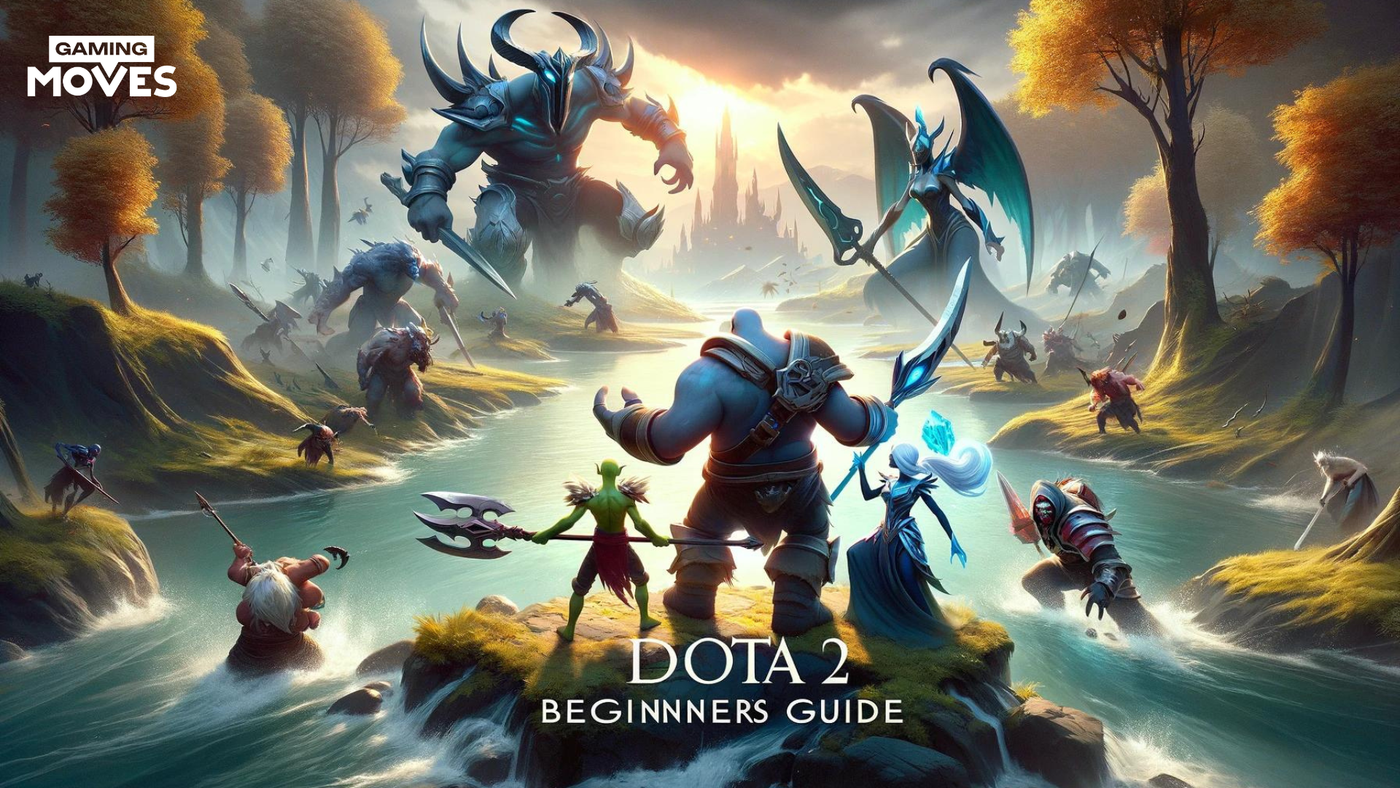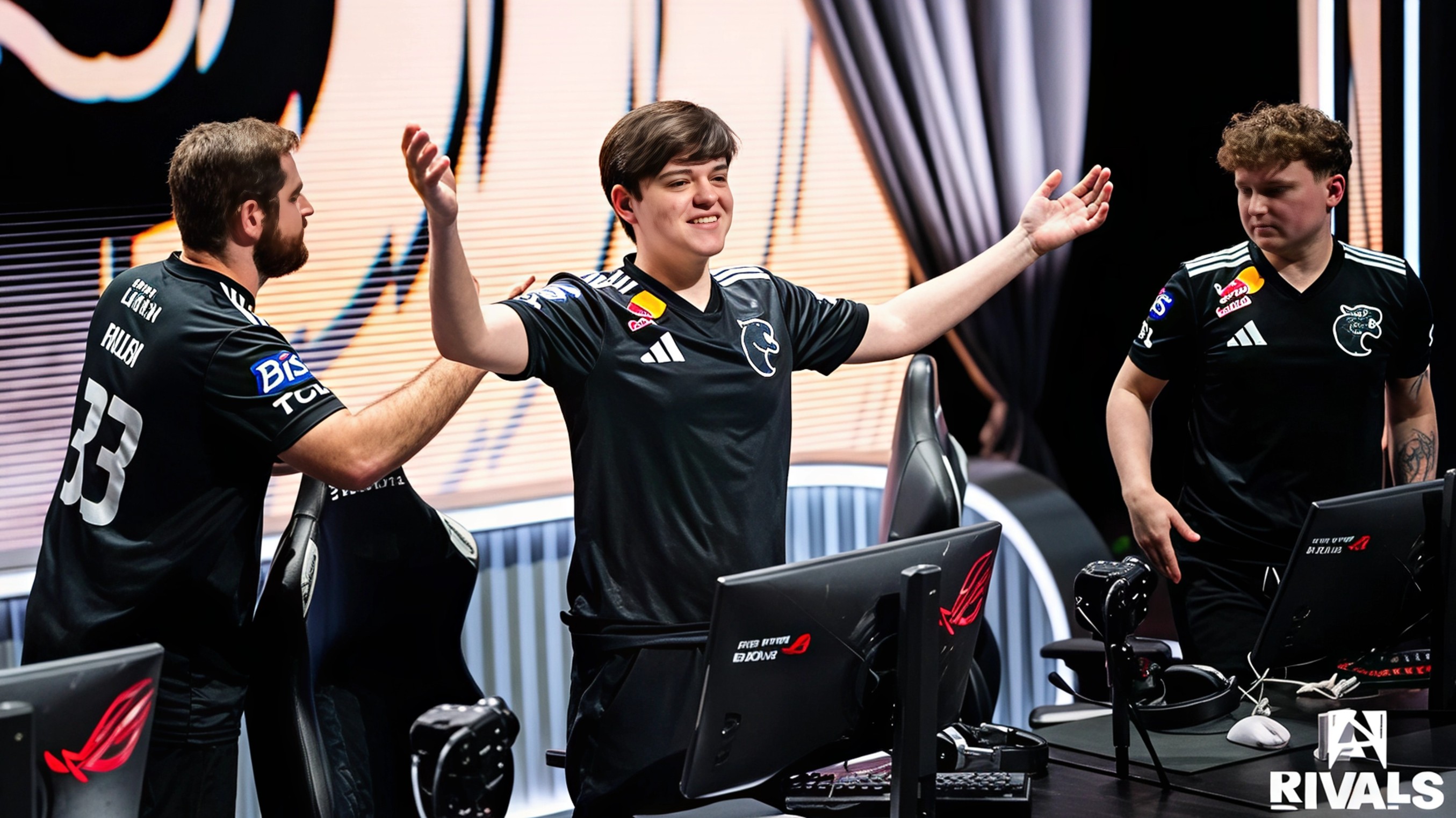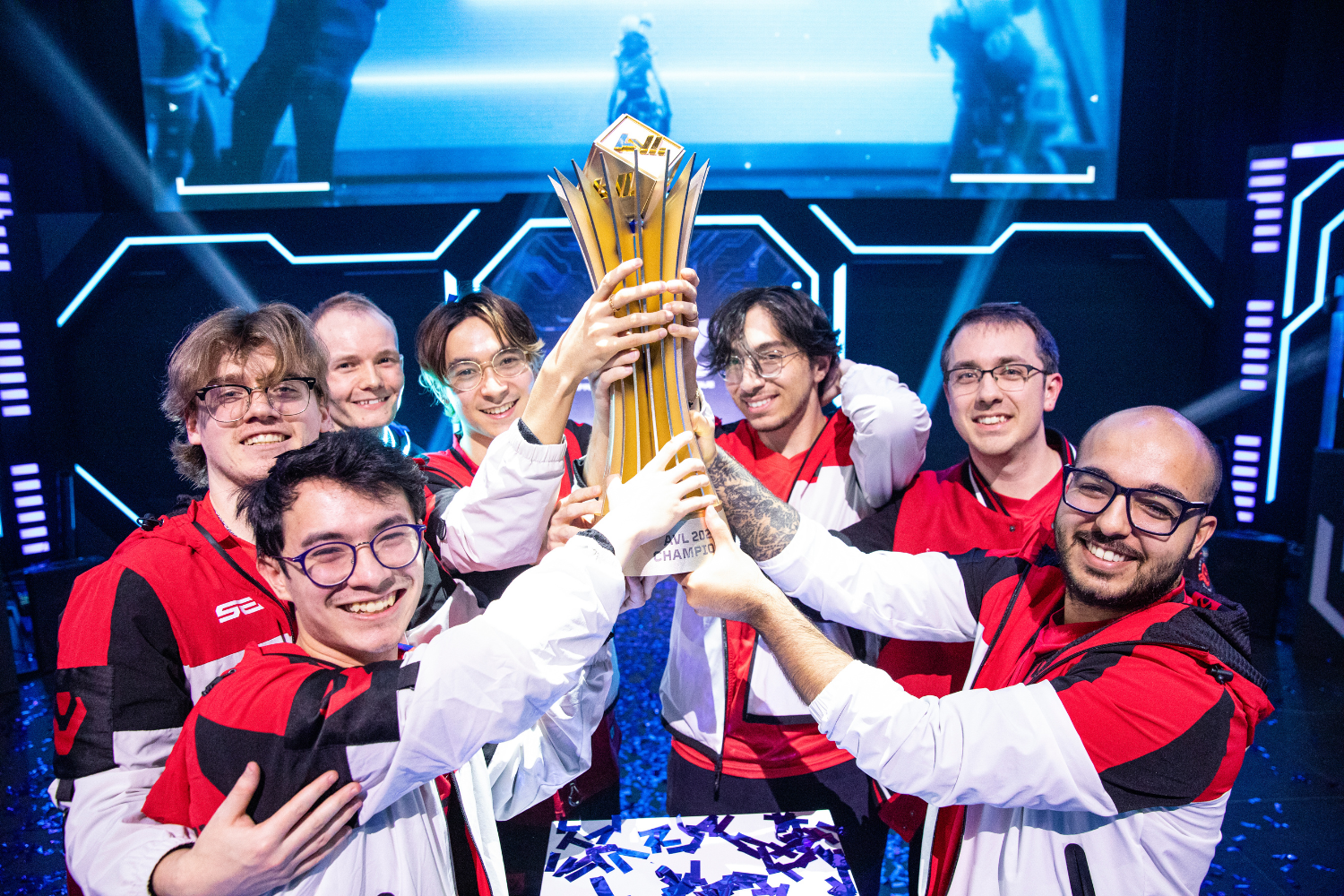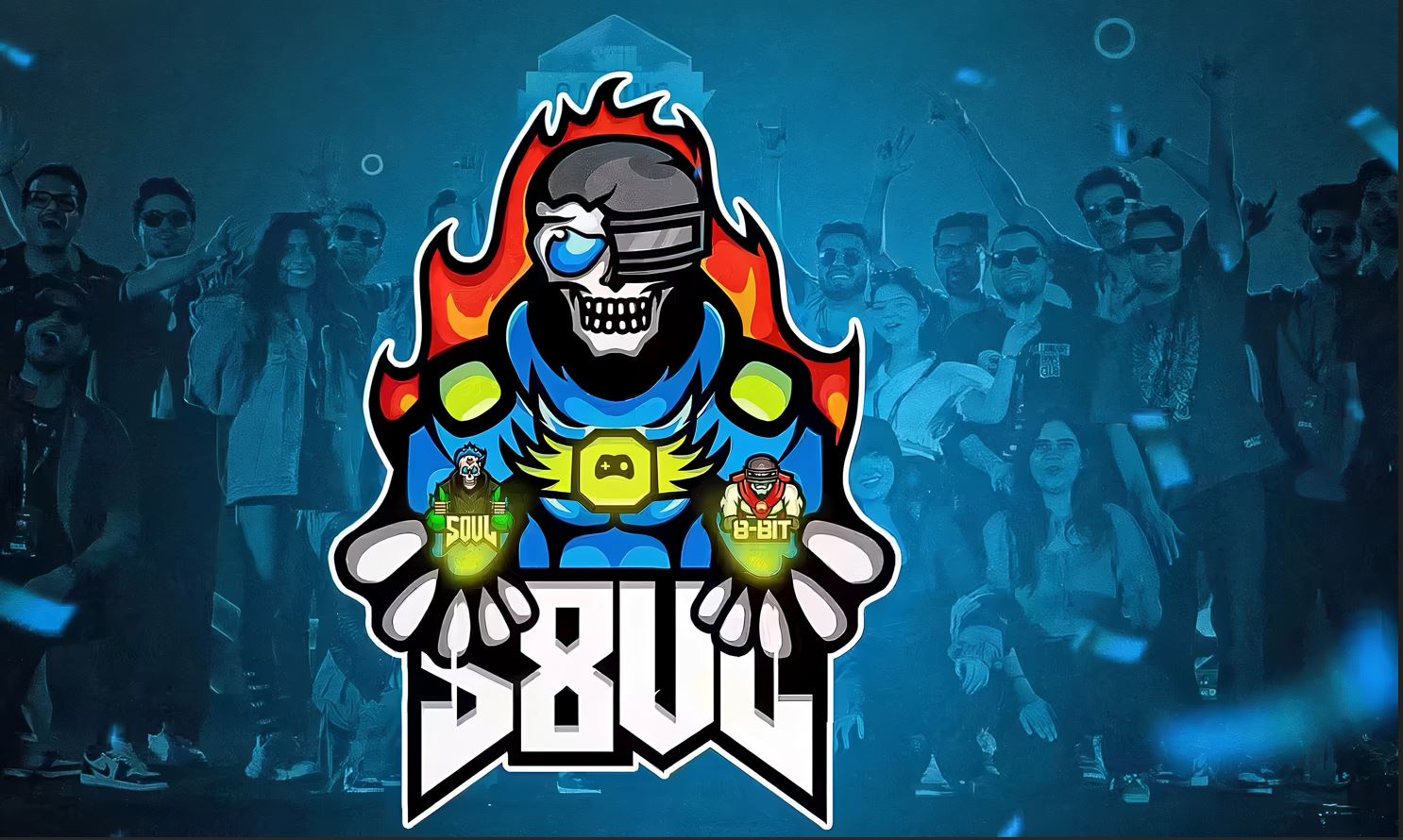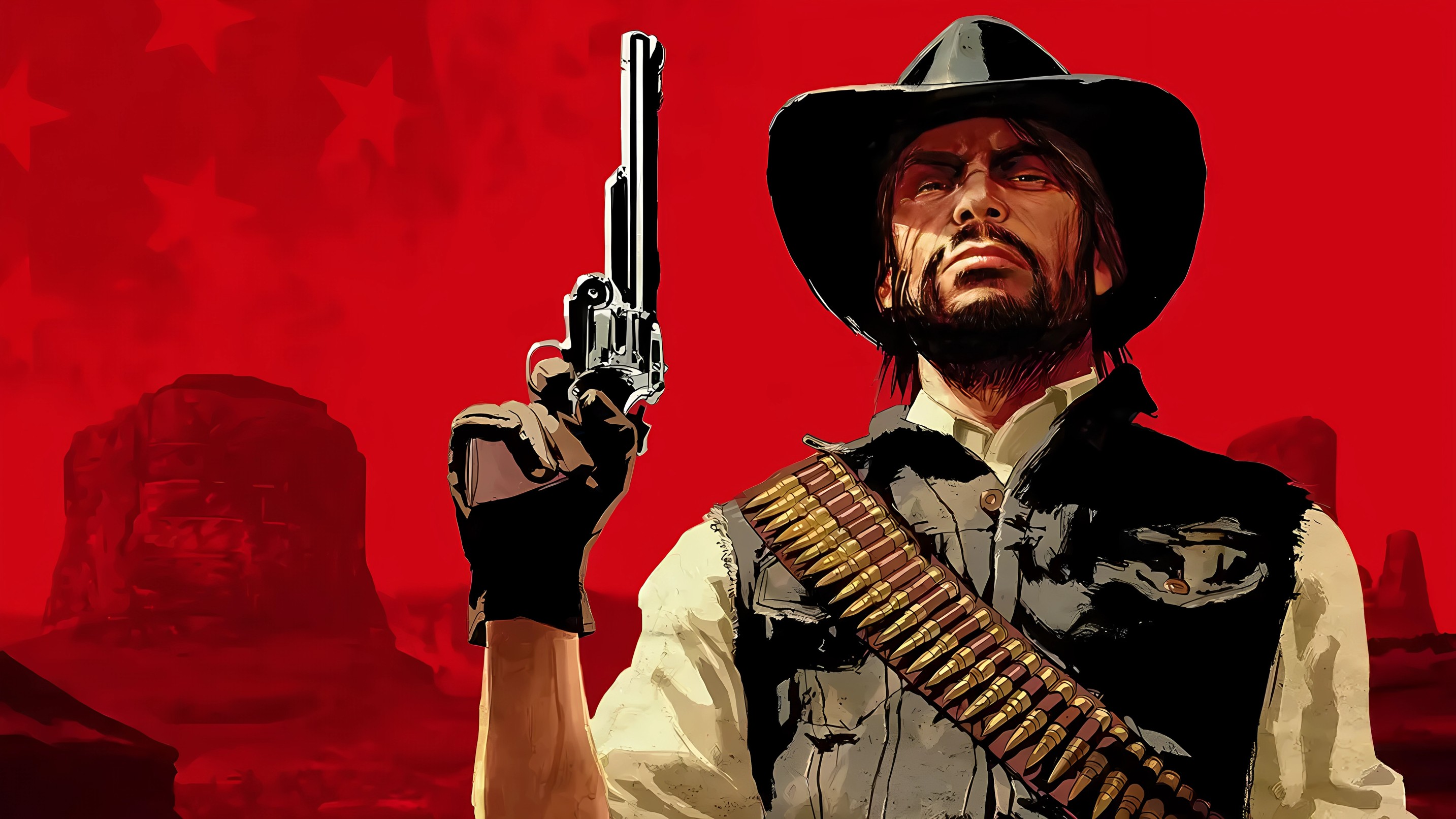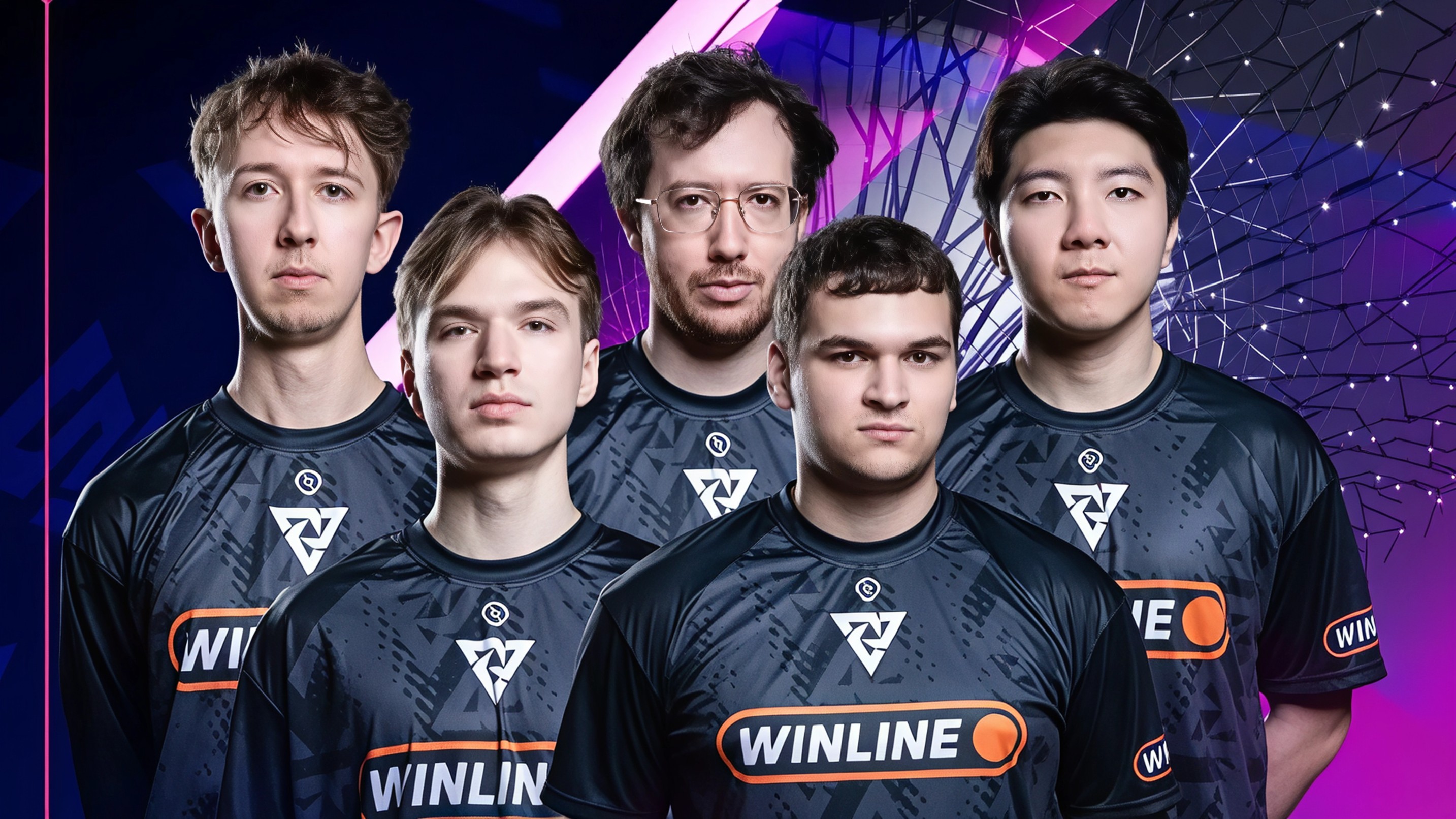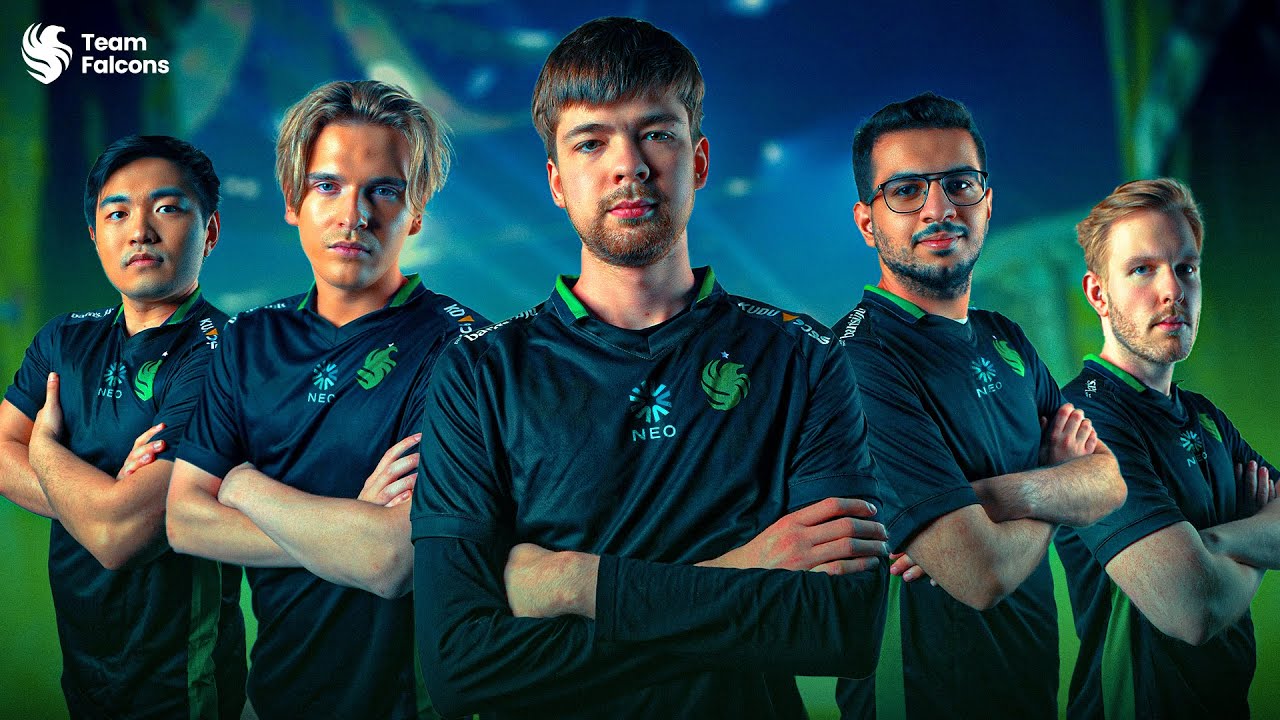DOTA (Defense of the Ancients) 2, one of the premier titles in the MOBA (Multiplayer Online Battle Arena) genre, is known for its strategic depth and complex gameplay mechanics. Starting as a newcomer in DOTA 2 can be daunting, but understanding the core principles of the game can set you on a path to becoming a valuable team player. This guide will cover the fundamentals you need to grasp in your journey through the intricate world of DOTA 2.
Understanding the Game Objective
The primary goal in DOTA 2 is straightforward: destroy the enemy's Ancient, a large structure located within their base. The path to achieving this, however, is filled with strategic decisions, battles, and teamwork.
The Basics
- Two Teams: The game consists of two teams, the Radiant and the Dire, each with five players controlling powerful characters known as heroes.
- Lanes: The battlefield is divided into three main paths or "lanes" (top, middle, and bottom), along with a jungle area filled with neutral monsters.
Selecting Your Hero
DOTA 2 features over a hundred heroes, each with unique abilities and roles. As a beginner, focus on learning a few heroes to understand the basics of the game.
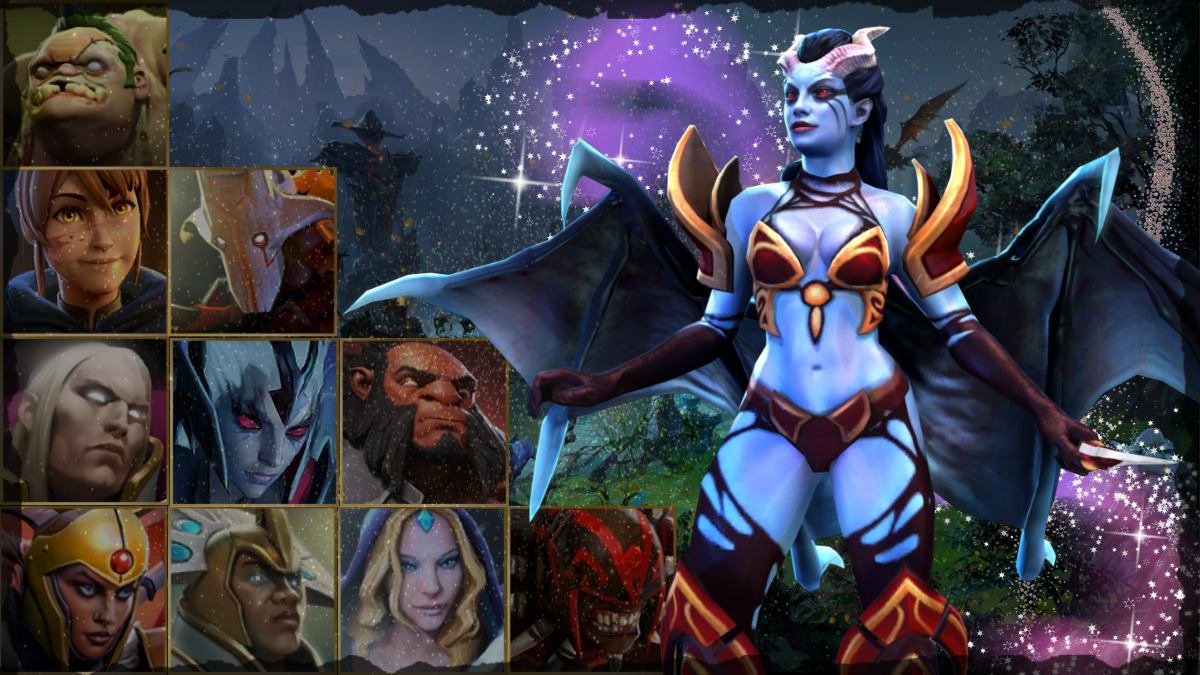
Hero Roles
- Carry: Grows stronger towards the late game and aims to become the team's primary damage dealer.
- Support: Provides support through healing, buffs, or crowd control to assist the team, particularly in the early game.
Tips for Beginners
- Start with Simpler Heroes: Choose heroes with straightforward abilities that allow you to focus on learning the game's fundamentals.
- Practice: Use the "Demo Hero" feature to familiarize yourself with a hero's abilities before entering a match.
Laning Phase
The game begins with the laning phase, where heroes gather in their respective lanes to farm (kill creeps for gold and experience) and contest the enemy heroes.
Key Concepts
- Last-hitting: Timing your attacks to deliver the final blow to a creep, earning gold and experience.
- Harassing: Attacking enemy heroes to force them away from the creeps, denying them gold and experience.
- Warding: Placing observer wards to provide vision and reveal enemy movements, crucial for map control and avoiding ganks (ambushes).
Itemization
Items play a crucial role in enhancing your hero's abilities and countering the enemy team.

Basic Items
- Starting Items: Typically include healing items, attribute boosters, and sometimes wards for supports.
- Core Items: Essential items that enhance your hero's strengths or mitigate weaknesses. It varies significantly between heroes.
Tips for Effective Itemization
- Adapt Your Build: Be flexible with your item choices depending on the flow of the game and the enemy team composition.
- Use the Guide: In-game guides, created by the community, provide recommended item and skill builds for your hero.
Team Fights and Strategy
As the game progresses, team fights become increasingly important. Winning these engagements requires coordination, timing, and the effective use of hero abilities.
Positioning
- Know Your Role: Stay aware of your position relative to your team and the enemy. Carries should avoid front-line danger early on, while initiators look for opportunities to engage.
Objectives
- Towers and Barracks: Destroying these structures weakens the enemy's defenses and brings you closer to the Ancient.
- Roshan: The strongest neutral monster, providing significant gold, experience, and the powerful "Aegis of the Immortal" to the team that defeats him.
DOTA 2 is a game of endless complexity and depth, where every match offers a chance to learn something new. Start with the basics, be patient with your progress, and always look for ways to contribute to your team. Remember, teamwork and strategy are just as important as individual skill. Welcome to the challenging yet rewarding world of DOTA 2.

